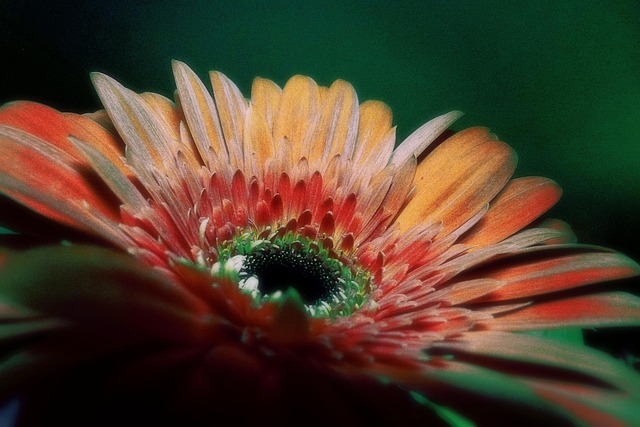Mastering Softening Techniques in Photography Composition
In the world of photography, composition is everything. It’s not just about what you capture, but how you present it, guiding the viewer’s eye and emotion through the image. One of the most subtle yet powerful tools in a photographer’s arsenal is softening. This technique can transform a sharp, clinical photo into a dreamy, evocative piece of art.
Softening in photography is the art of reducing harsh lines, edges, and contrasts to create a gentle, smoothly flowing image. It helps to evoke feelings of warmth, nostalgia, or intimacy—something that speaks directly to the heart rather than just the eyes. When you master this approach, your photos don’t just show a moment; they invite your audience to experience it.
The Role of Camera and Optics in Softening
Your camera and its optics are key players when it comes to implementing softening techniques. Various methods can be used directly through camera settings or lenses:
- Lens Choice: Certain lenses, like vintage or specialty portrait lenses, naturally soften images due to optical characteristics. Using a wide aperture can also produce a shallow depth of field, blurring backgrounds and softening the overall scene.
- Filters: Softening filters physically attach to the front of your lens and can softly blur the image while preserving sharp areas in the frame, adding a gentle glow that’s especially flattering in portraits.
- Focus Techniques: Experimenting with slightly defocused shots or selective focus can produce a dreamlike effect, softening parts of the image while keeping other areas sharp.
- Lighting: Soft, diffused light reduces harsh shadows and sharp contrasts, naturally creating a softened look in your photos without additional manipulation.
Incorporating Softening into Your Photography Composition
Beyond technical settings, softening is deeply tied to how you compose your photograph. Here are tips to help integrate it effectively:
- Use Negative Space: Areas with less detail can add to the softness of the composition, allowing the viewer’s gaze to rest gently and flow smoothly through the photo.
- Choose Gentle Colors and Textures: Pastels, muted tones, and soft textures enhance the feeling of softness and calm, quieting the visual intensity and complementing the softening effect.
- Subject Matter: Subjects with inherently delicate qualities—such as children, flowers, or misty landscapes—lend themselves naturally to softening techniques. Capture these moments with a gentle touch to heighten emotional impact.
- Post-Processing: Modern photography allows subtle softening through editing software. Use tools like clarity reduction, light diffusion, or strategic blurring to emphasize softness without losing the integrity of the image.
Why You Should Embrace Softening in Your Photographic Style
Photography is as much about feelings as it is about pixels. Softening evokes emotion and offers tranquility in a world often dominated by sharpness and clarity. When done skillfully, it helps create a timeless, intimate photograph that tells a story beyond what the camera simply captures.
Whether you’re photographing a serene landscape at dawn, a portrait that reveals vulnerability, or a delicate still life, mastering softening techniques in composition adds depth and resonance to your images. It’s about making the invisible visible—the subtle emotions and sensations that words can’t describe but photos can express.



